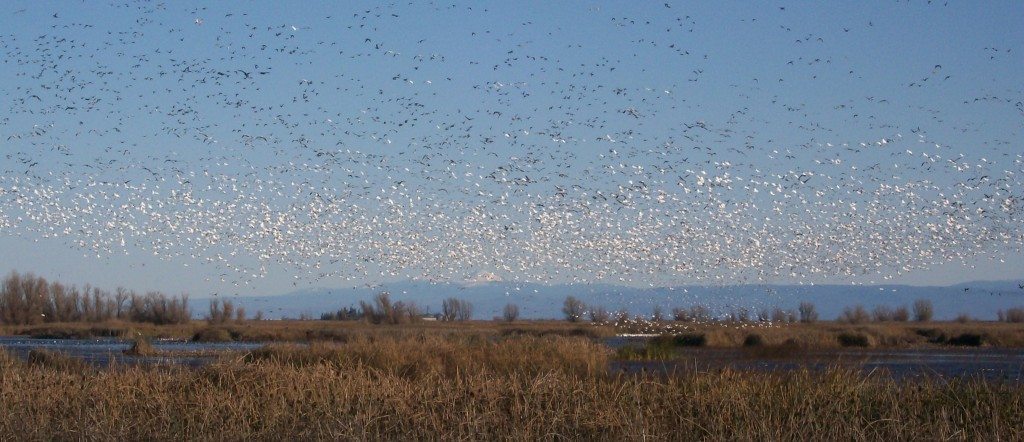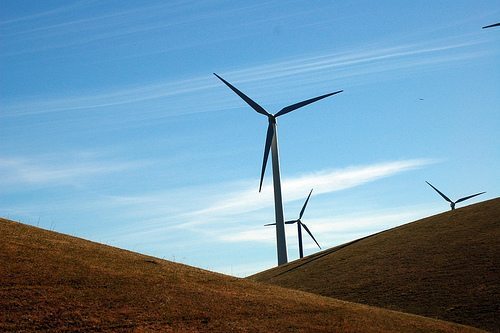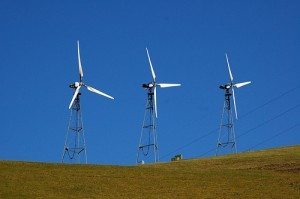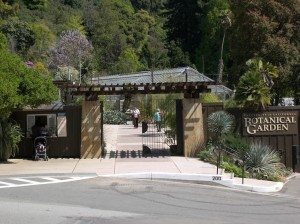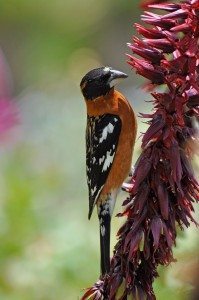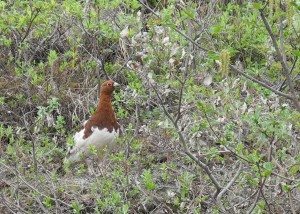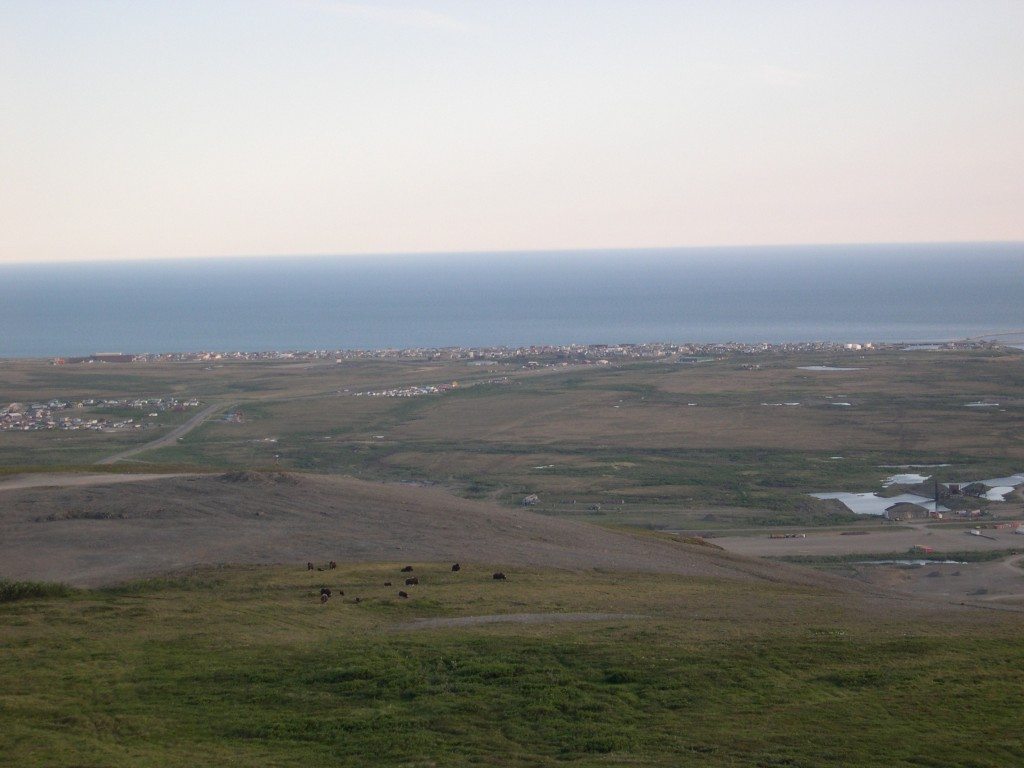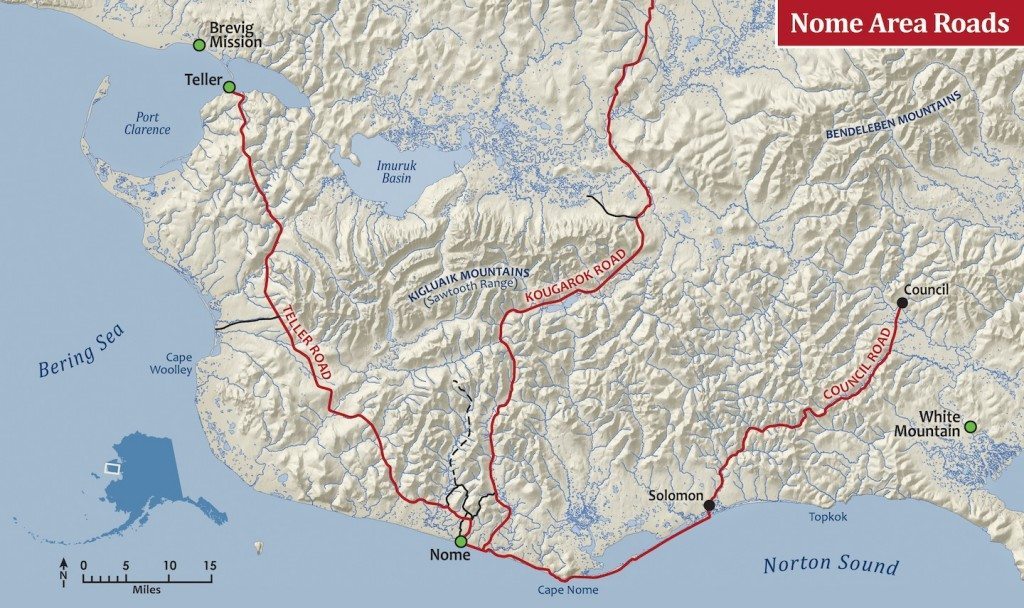Number-One Killer of Birds is Outdoor Cats
The following is an Opinion piece published in the San Francisco Chronicle on Tuesday February 5, by Golden Gate Bird Alliance Executive Director Mike Lynes.
By Mike Lynes
Everyone knows that cats are hunters. But even wildlife experts were stunned by a new report last week that as many as 3.7 billion birds are killed by outdoor cats in the contiguous United States each year. That’s far more than the 1 billion that previously had been estimated, and more than are killed by any other single source such as collisions or oil spills.
This peer-reviewed study – by the Smithsonian Conservation Biology Institute and the U.S. Fish and Wildlife Service – must serve as a wake-up call to people who care both about cats and about wildlife.
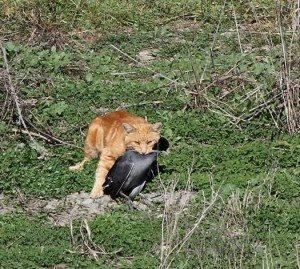 Domestic cat with a dead AmericanCoot / Photo by Debi Shearwater
Domestic cat with a dead AmericanCoot / Photo by Debi Shearwater
The implication for domestic cats is clear: Owners need to keep them inside.
This protects not just birds and other wildlife but the cats themselves, keeping them safe from hazards such as traffic, dogs and poison.
The implication for unowned or feral cats is more complicated. Last week’s study indicated that unowned cats are responsible for the vast majority of bird deaths – 70 percent. Yet policies in cities like San Francisco do little to address the gruesome toll of feral cats on wildlife.
San Francisco SPCA operates a trap-neuter-release program that stops some feral cats from reproducing but does nothing to stop them from hunting and devouring birds. The city also countenances feral cat feeding colonies, where well-meaning citizens provide food for large numbers of outdoor cats.
But this study documents that even well-fed cats are killers. Feeding and maintaining large feral cat populations may seem humane for the cats – but it is a death warrant for birds and other wildlife.
It’s time for San Franciscans and other animal lovers to expand their definition of “humane animal care” to include the needs of wildlife as well as domestic pets.
We have many opportunities to do so. First, we can strengthen efforts to educate cat owners about keeping their cats indoors and not abandoning them in parks if they need to give them up.
Second, trap-neuter-return should be scientifically evaluated as a policy – something that has not been done. If it is not shown in peer-reviewed studies to be effective, then it should be discontinued and replaced with other solutions.
Trap-neuter-return should also be evaluated from an environmental perspective.


